
Key Takeaways:
Identify the signs of potential food shortages early by understanding global supply chain vulnerabilities and local food availability indicators.
Stockpile nutrient-dense, long-lasting foods and implement an efficient storage system to ensure a sustainable supply.
Embrace backyard farming by setting up a vegetable garden and exploring animal husbandry to increase self-sufficiency.
Learn food preservation methods such as drying, canning, and freezing to extend the shelf life of your harvest.
Engage with your community through CSAs, food banks, and co-ops, and acquire survival skills for foraging and sourcing natural food.
Recognizing the Signs of Food Shortage Risks
When it comes to preparedness, awareness is your first line of defense. It’s crucial to understand the bigger picture and the smaller, local signs that could indicate a looming food shortage. Think of it as a puzzle; the more pieces you have, the clearer the image becomes.
Understanding Global Supply Chain Vulnerabilities
Global events like pandemics, natural disasters, and political upheavals can disrupt the intricate web of our food supply chain. When these events occur, it’s not just about the immediate impact; it’s the ripple effect that can lead to shortages. Therefore, keeping an eye on international news and understanding how these events can affect food availability is essential.
Identifying Local Food Availability Indicators
Besides that, on a local level, pay attention to frequent out-of-stock notices at your grocery store, price hikes on basic commodities, and conversations with local farmers. These are telltale signs that it’s time to ramp up your food preparedness efforts.
Stockpiling Essentials with Smart Strategies
When you’ve got a sense that shelves might soon be bare, it’s time to act, but not in a haphazard way. Smart stockpiling is about choosing the right foods, storing them properly, and ensuring you have a water supply to match.
Choosing Nutrient-Dense, Long-Lasting Foods
Start by focusing on foods that give you the most bang for your buck, nutritionally speaking. Think whole grains, dried beans, canned vegetables, and meats. These items will not only last but will also provide you with the energy and nutrients your body needs.
Implementing an Efficient Storage System
Once you’ve got your essentials, it’s all about storage. Keep foods in a cool, dry place, and use airtight containers to ward off pests and moisture. And remember, rotate your stock; first in, first out is the mantra here.
Ensuring a Sustainable Water Supply
Water is life, especially in an emergency. Store enough for drinking, cooking, and hygiene, and consider purification methods like filters or tablets as a backup.
Backyard Farming: A Step Towards Self-Sufficiency
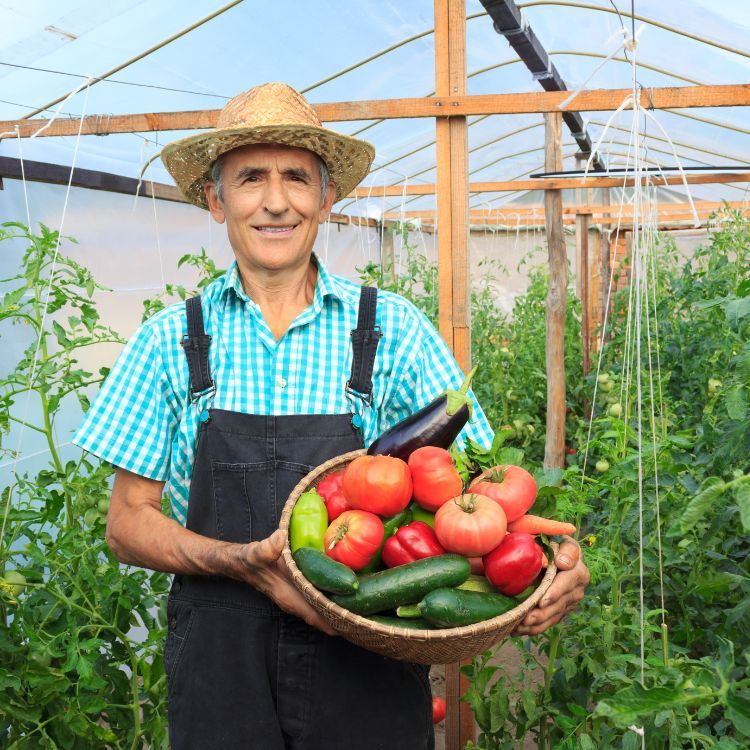
Stockpiles are great, but they will deplete. That’s why growing your own food is a game-changer. It’s not just about having fresh produce; it’s about the skills and knowledge that come with it.
Setting Up Your Vegetable Garden
Whether you’ve got acres or just a few square feet, start a garden. Begin with easy-to-grow crops like lettuce, tomatoes, and herbs. As you gain confidence, expand your range and experiment with preservation methods to enjoy your harvest year-round.
Remember, every step you take towards preparedness is a step away from uncertainty. So let’s get started on securing your food supply, one seed at a time.
Now, let’s delve into one of the most crucial aspects of food shortage preparedness: preserving what you grow or stockpile. Food preservation is not just a skill; it’s an art that can ensure your pantry remains full, no matter the circumstances.
Food Preservation Methods for Longevity
Preserving food can feel like a daunting task, but with a few tried and tested methods, you’ll be able to keep your food nutritious and tasty for months, or even years. Let’s explore some of the most effective techniques.
Drying, Canning, and Freezing Techniques
Drying is one of the oldest food preservation methods. By removing moisture, you inhibit the growth of bacteria, yeasts, and mold. You can air dry, oven dry, or use a dehydrator. Think dried fruits, jerky, and herbs – they’re not just shelf-stable, they’re delicious.
Canning is another fantastic way to preserve your food. Whether you choose water bath canning for high-acid foods like tomatoes and fruits or pressure canning for low-acid foods like vegetables and meats, you’ll be able to enjoy your summer harvest well into the winter months.
Freezing is arguably the easiest preservation method, but it requires a reliable power source. Most foods freeze well, and if done properly, can retain much of their nutritional value. Remember to blanch vegetables before freezing to preserve color, flavor, and texture.
Fermentation and Pickling as Alternative Options
Fermentation and pickling are not just trendy; they’re traditional practices that add tang and zest to your food while preserving it. Fermented foods like sauerkraut, kimchi, and yogurt are probiotic-rich and can aid digestion. Pickling can be done with just about any vegetable, and the acidic brine is what keeps the produce preserved.
Most importantly, these preservation methods allow you to extend the shelf life of your food, which is crucial during times of shortage.
Community Involvement and Local Resources
Join a Community Supported Agriculture (CSA) program to receive fresh produce from local farms.
Visit local food banks and co-ops for supplemental resources during tough times.
Participate in food swaps to diversify your pantry with different foods from your community.
Community resources are invaluable when preparing for a food shortage. They can offer support, knowledge, and additional food options.
Participating in Community Supported Agriculture (CSA)
CSAs are a win-win. You support local farmers and get access to fresh, seasonal produce. Plus, many CSAs offer the chance to volunteer, giving you a chance to learn directly from growers and deepen your understanding of food production.
Acquiring Survival Skills for Natural Food Sources
When the going gets tough, the tough get foraging. Nature is a bountiful source of food if you know where to look. And let’s not forget the skills of hunting and fishing, which can provide fresh protein when other sources are scarce.
Foraging for Wild Edibles
Foraging is a skill that can turn a walk in the woods into a grocery run. Learn to identify edible plants, berries, nuts, and mushrooms, but always err on the side of caution – if you’re unsure, don’t eat it. There are many books and local foraging courses that can help you get started.
Hunting and Fishing: Legal Considerations and Ethical Practices
Hunting and fishing require not only skill but also knowledge of local regulations. Always obtain the necessary licenses and follow sustainable practices. Remember, these activities are not just about sustenance; they’re about respecting nature and the balance of our ecosystems.
Effective Management of Food Resources During Shortages
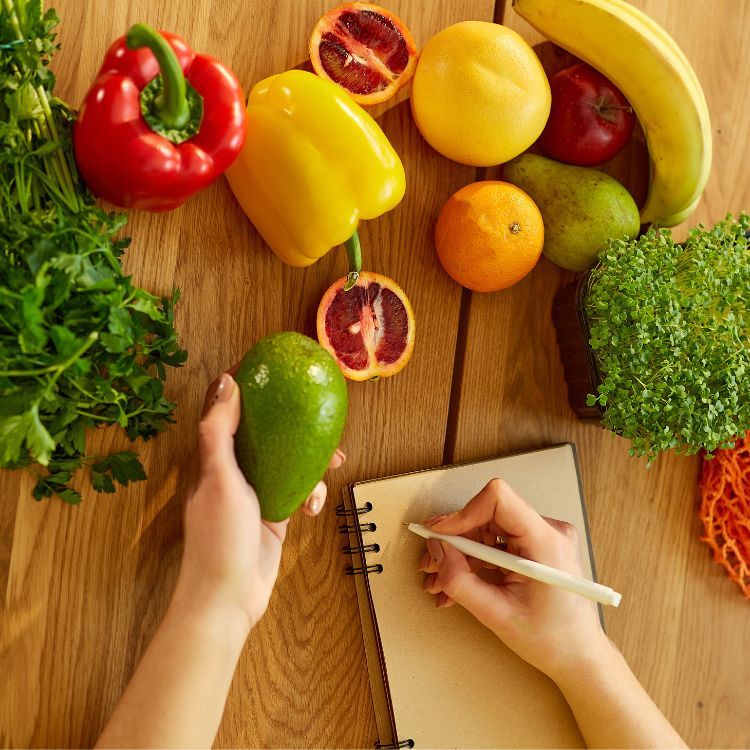
Managing your food resources effectively is critical during a shortage. This means being mindful of what you have, what you need, and how to make it last.
Meal Planning and Portion Control
Plan your meals to use ingredients that may spoil first and use leftovers creatively. Portion control is also important – it minimizes waste and ensures that there’s enough to go around.
Using Food Substitutes and Alternatives
When some foods are scarce, get creative with substitutes. No eggs? Use a banana in your baking. Out of milk? Water down some yogurt. Flexibility can make all the difference. For more detailed strategies, check out our guide on mastering your survival garden for self-reliant food production.
Remember, preparation is key. By following these tips, you’re not just preparing for a food shortage; you’re investing in your peace of mind. So why wait? Get started on your preparedness journey today.
Now, let’s delve into one of the most crucial aspects of food shortage preparedness: preserving what you grow or stockpile. Food preservation is not just a skill; it’s an art that can ensure your pantry remains full, no matter the circumstances.
Food Preservation Methods for Longevity
Preserving food can feel like a daunting task, but with a few tried and tested methods, you’ll be able to keep your food nutritious and tasty for months, or even years. Let’s explore some of the most effective techniques.
Drying, Canning, and Freezing Techniques
Drying is one of the oldest food preservation methods. By removing moisture, you inhibit the growth of bacteria, yeasts, and mold. You can air dry, oven dry, or use a dehydrator. Think dried fruits, jerky, and herbs – they’re not just shelf-stable, they’re delicious.
Canning is another fantastic way to preserve your food. Whether you choose water bath canning for high-acid foods like tomatoes and fruits or pressure canning for low-acid foods like vegetables and meats, you’ll be able to enjoy your summer harvest well into the winter months.
Freezing is arguably the easiest preservation method, but it requires a reliable power source. Most foods freeze well, and if done properly, can retain much of their nutritional value. Remember to blanch vegetables before freezing to preserve color, flavor, and texture.
Fermentation and Pickling as Alternative Options
Fermentation and pickling are not just trendy; they’re traditional practices that add tang and zest to your food while preserving it. Fermented foods like sauerkraut, kimchi, and yogurt are probiotic-rich and can aid digestion. Pickling can be done with just about any vegetable, and the acidic brine is what keeps the produce preserved.
Most importantly, these preservation methods allow you to extend the shelf life of your food, which is crucial during times of shortage.
Community Involvement and Local Resources
Join a Community Supported Agriculture (CSA) program to receive fresh produce from local farms.
Visit local food banks and co-ops for supplemental resources during tough times.
Participate in food swaps to diversify your pantry with different foods from your community.
Community resources are invaluable when preparing for a food shortage. They can offer support, knowledge, and additional food options.
Participating in Community Supported Agriculture (CSA)
CSAs are a win-win. You support local farmers and get access to fresh, seasonal produce. Plus, many CSAs offer the chance to volunteer, giving you a chance to learn directly from growers and deepen your understanding of food production.
Leveraging Local Food Banks and Co-Ops
Food banks and co-ops can be a lifeline during shortages. They often provide staples at reduced costs or for free, which can supplement your own supplies. Building relationships with these organizations before a crisis can help you navigate their services more effectively when you need them.
Acquiring Survival Skills for Natural Food Sources
When the going gets tough, the tough get foraging. Nature is a bountiful source of food if you know where to look. And let’s not forget the skills of hunting and fishing, which can provide fresh protein when other sources are scarce.
Foraging for Wild Edibles
Foraging is a skill that can turn a walk in the woods into a grocery run. Learn to identify edible plants, berries, nuts, and mushrooms, but always err on the side of caution – if you’re unsure, don’t eat it. There are many books and local foraging courses that can help you get started.
Hunting and Fishing: Legal Considerations and Ethical Practices
Hunting and fishing require not only skill but also knowledge of local regulations. Always obtain the necessary licenses and follow sustainable practices. Remember, these activities are not just about sustenance; they’re about respecting nature and the balance of our ecosystems.
Effective Management of Food Resources During Shortages
Managing your food resources effectively is critical during a shortage. This means being mindful of what you have, what you need, and how to make it last.
Meal Planning and Portion Control
Plan your meals to use ingredients that may spoil first and use leftovers creatively. Portion control is also important – it minimizes waste and ensures that there’s enough to go around.
Using Food Substitutes and Alternatives
When some foods are scarce, get creative with substitutes. No eggs? Use a banana in your baking. Out of milk? Water down some yogurt. Flexibility can make all the difference.
Remember, preparation is key. By following these tips, you’re not just preparing for a food shortage; you’re investing in your peace of mind. So why wait? Get started on your preparedness journey today.
FAQ – Navigating a Food Shortage
Got questions? You’re not alone. Here are some answers to the most common queries about food shortage preparedness.
What Are the First Foods to Disappear in a Shortage?
During a food shortage, the first items to go are usually those with a shorter shelf life or high demand, such as:
Fresh fruits and vegetables
Dairy products
Bread and bakery items
Meat and poultry
How Much Food Should I Stockpile for an Emergency?
It’s generally recommended to have at least a three-day supply of food for each person in your household. However, for extended preparedness, aim for a two-week supply or more, depending on your storage capabilities and family needs.
Can I Rely Solely on Foraging During a Food Shortage?
Foraging can supplement your diet, but it’s risky to rely on it entirely. Always have a diverse range of food sources to ensure you’re getting the necessary nutrients.
What Are the Most Important Nutrients to Focus on During a Shortage?
The most important nutrients to focus on are:
Protein: Essential for repair and growth
Carbohydrates: Your body’s main energy source
Fats: Necessary for energy and vitamin absorption
Vitamins and Minerals: For overall health and immune function
How Can I Extend the Shelf Life of Fresh Produce?
Extending the shelf life of fresh produce can be done through:
Proper storage in a cool, dry place
Freezing surplus fruits and vegetables
Canning or pickling for long-term storage
Preparation is about making informed decisions and taking actionable steps. With this guide, you’re well on your way to becoming a food shortage preparedness pro. So, what are you waiting for? Get started and secure your food future today.

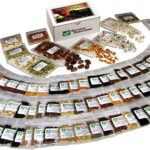

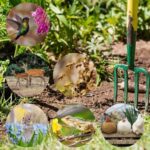
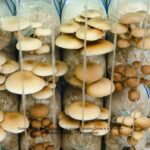
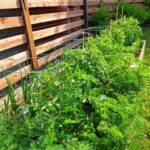

Leave a Reply